How Blockchain Will Change The Way Cities Are Made
Cities are molded and defined through their networks. In the past, these seemingly connective infrastructures of energy, transportation and economy have worked largely independent of one another. Today, Blockchain technology is providing a new and unprecedented digital-network that will push cities to evolve differently. Here are some of my initial thoughts on how the world of steemit may one day transfer over into the built environment...
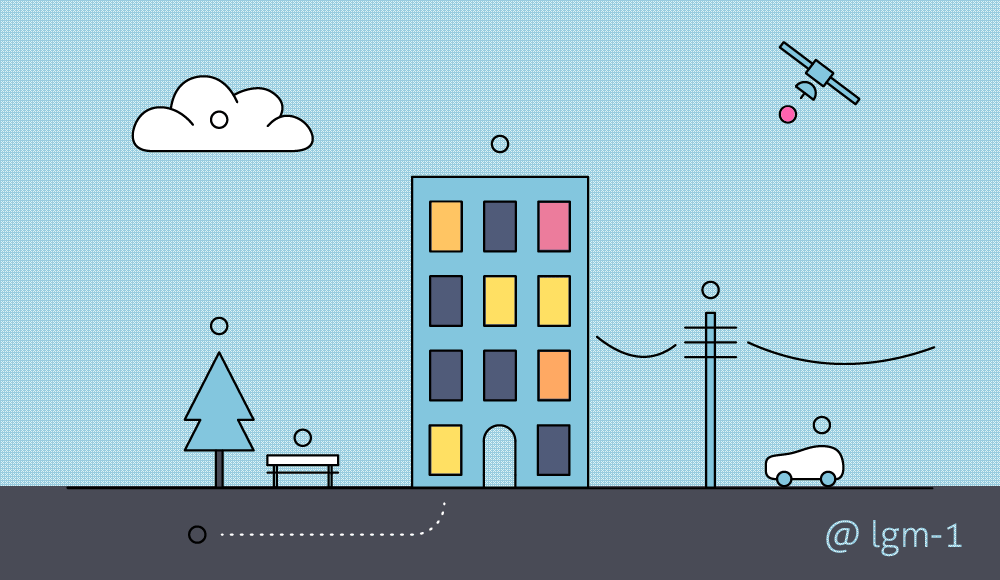
Part 1 - The History :
Rivers, lakes and oceans were the very first networks that allowed early civilizations to communicate, grow and mature. The very first of these “cities” were located in Ancient Mesopotamia, nestled between two rivers; the Tigris and Euphrates. The word “Mesopotamia” actually translates to “Land between Rivers.” Through water, these early civilizations were able to tap into the broader network of the Persian Gulf, fostering regional trade while simultaneously advancing local irrigation and agriculture.
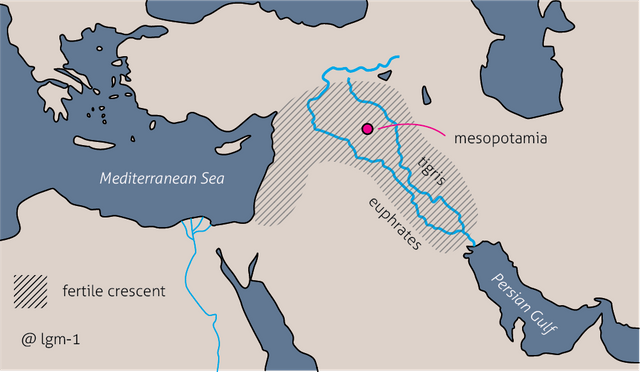
Today, the basic ingredients of a city are not so different from the rules of 12,000 years ago. Nearly three-quarters of today’s largest cities are adjacent to a waterbody, and an estimated 80% of the world’s population lives within sixty miles of a coastline. Our global economy is very dependent (even growingly dependent) on port cities to serve as a threshold for international trade. Today, perhaps surprisingly nearly 90% of everything we buy has travelled by ship at one point or another en route to your doorstep.
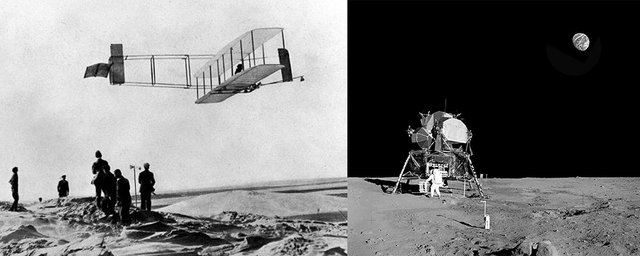
In the 19th century, air travel spurred a new type of network within a previously unimaginable infrastructure. Air. With air travel, cities began to lose their thousand year old formula-for-success of river, lake and ocean. This new window on the world opened up incredible growth and a new threshold of progressive thinking. Just sixty years after the two Wright Brothers flew in Kitty Hawk, we and landed two astronauts on the Moon. Today, in the 20th century, the internet is only a couple of decades old, and it’s inefficiencies and insecurities are mounting. We are primed for an explosive new level of efficient networking based on the first principles of the internet. Something that can re-write the architecture for communication. “Blockchain” is setting up to be the next stage of infrastructure, and potentially one of the most disruptive technologies we’ve ever encountered.
Part 2 - What Should A Blockchain City Look Like? :
Fundamentally, cities are intersections of partnerships and places of exchange. Layers of infrastructure assist in strengthening these partnerships. This can mean an electrical grid infrastructure, water and sewage, or public transportation. Cities only work as well as their networks. Ideally, traffic lights should work in unison, subway schedules must stagger to catch more commuters at the beginning and end of a weekday, protesters are allowed to pop-up and absorb public spaces. In a utopian example, cities are accommodating to everyone and controlled by no one individual. Through a web of networks; both cities and blockchains are engineered to grow and mature within a central, yet de-centralized environment.
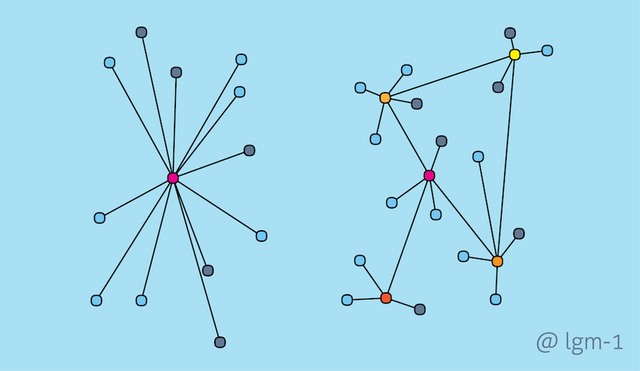
Participation makes a decentralized world possible. A dialog, a back and forth of pros and cons help keep a city's arteries clear and healthy. Just as steemit has built a growing community of participators. We upvote good content, downvote the bad, and share information every minute. Ideally, the information that has the greatest communal value receives the greatest visibility. The time factor is interesting here too, because a good post doesn’t last on the front page forever. New ideas are rewarded and promoted to take the place of past ideas. Older ideas become archived and venues of dialog inside an ever-growing library. The blockchain grows stronger and more stable as participation grows. Just as a city grows and becomes more efficient as it’s trails grow to roads, later streets, avenues, boulevards, highways and interstates.
I am an architect and practicing urban designer in New York City. Part of my day-to-day work involves digesting maps and data, looking at how subway routes and commuter data might impact public spaces, building scale and alignment. As data evolves to become inherently linked, the blockchain concept will have huge implications for how designers approach a problem, and how those problems might even begin to resolve themselves within our built environment.
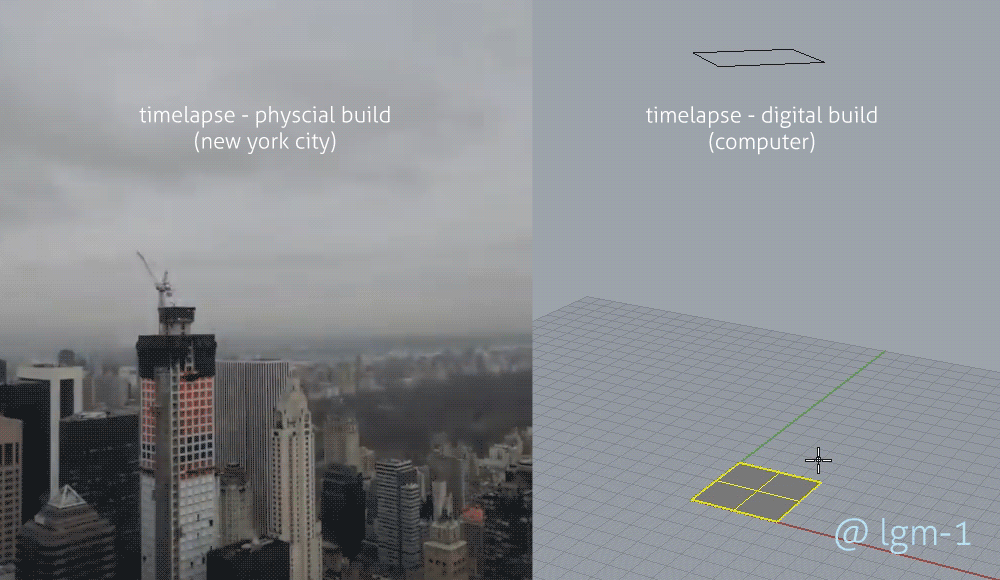
So, what could happen, visually? Our digital world is progressing at a far faster rate than anything achievable in the physical realm. It takes well over a decade to design and build a skyscraper, but just hours to fabricate an image of one. (Example of digital modeling in the GIF above.) With the boom of augmented and virtual reality we are just now beginning to experience urban places through digital lenses. The implications that this has on social behavior is huge! Just a few weeks ago I would walk through New York City and see droves of Pokemon hunters migrate between Union Square, Central Park and randomized landmarks. Around the same time that the Poke-craze began I started exploring steemit. The social blockchain utopia was fresh on my mind as I observed an army of smart phones descend on Union Square in search of a Snorlax. They were sprawled all over the plaza area which (for those who aren’t familiar) is big open paved area with long stone steps, pockets of benches and railings to lean on. The southern side of the Square was teeming with millennial aged New Yorkers who seemingly left work early to hunt an augmented digital creature.
Union Square is of particular significance here in relation to its history as a place for people to unionize and demand greater value for the work they do collectively. Today, it remains a progressive site for protest and free speech. In this context, Union Square sounds a lot like the earliest generation of steemers!
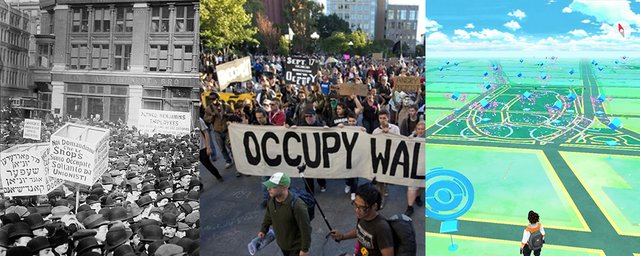
This whole scene unfolding got me thinking about public space in terms of value. To get to my main point in all of this… what if you could upvote a bench? That bench would become more valuable. Would that bench upgrade itself as a result of its newfound appreciation? Would 10 upvotes support a new coat of paint? Would 50 votes fix a crooked back-rest? Could 200 votes warrant an entirely new bench? Or… alternatively, would the digital geolocation of this bench warrant more value than the physical bench could ever provide?
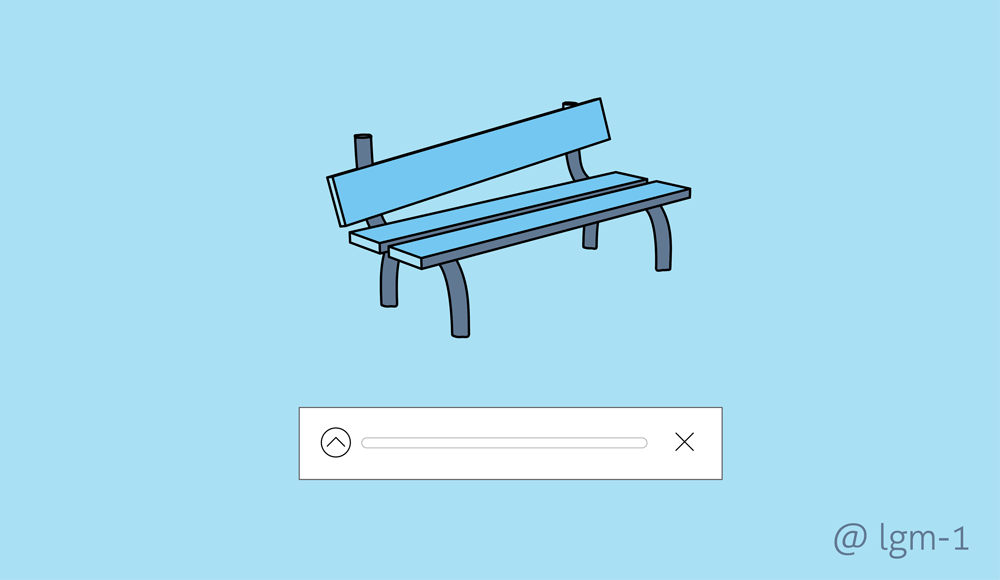
There are really two scenarios here.
Scenario One - 10 upvotes gets a new physical coat of paint.
Or Scenario Two - 10 upvotes creates a geotagged digital layer of paint, and the physical (real-world) bench remains the same.
Scenario One (Physical Endgame) :
Public spaces fluctuate in use daily, weekly, and definitely seasonally. At lunch time there is a swarm of people descending on Madison Square Park (New York City.) During the winter, a snow storm means more people are out of the house and looking for a hill in Central Park to sled down. These physical spaces become hotspots that rise and fall in value. If the action of sitting on a bench, taking a sled to a hill, or standing at a corner could transfer value to that physical place… then you would have a far more dynamic and exciting model for funding the growth of cities as a whole.
Scenario Two (Digital Endgame) :
This is the more futuristic scenario. (Although not impossible for today, given the rise of augmented and virtual reality technology breaking into mainstream culture.) Here, the physical bench would remain the same. However, through a digital lens, the bench takes on a new identity. 10 upvotes in this scenario would result in an immediate new color for the bench. People could vote to pick a particular color, material, texture etc. In this brave new world, everything physical would have a digital address, and with that address; a new identity.
For me, steemit and blockchain are just the start of a very brave (and connected) new world.
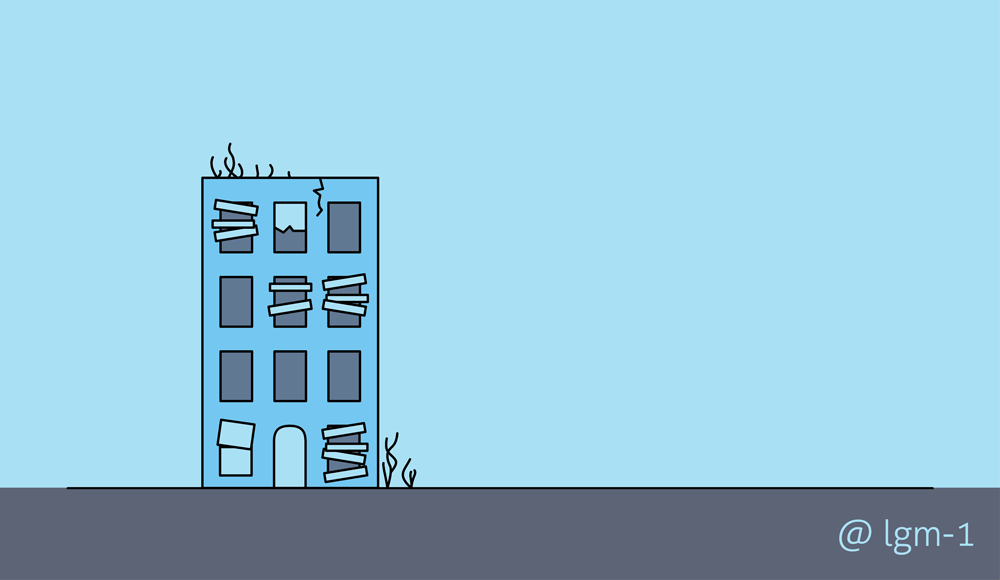
Thank you for reading! All GIF graphics are originals (created by yours truly) for this steemit article. I hope you enjoyed it.
Follow along + check out my page for more on urbanism, art and architecture.
By lgm-1

Sorry I've missed this post earlier. Love this post of yours and think it should be discovered more. Not sure what the new reblog feature is for, but I really like this article.. please make more of this :)
I think I'll use the reblog feature as a "weekly gem" feature.. if consumption goes up over time, then maybe it's okay to reblog once every few days. But other than that.. using reblog too often may not be wise, unless one's curation is somewhat too damn good.. just leaving some of my thoughts about the reblog function here..
Please follow @lgm-1 if you love what he/she's doing (I don't even know but everything's awesome)
Whoa!! Thank you @kevinwong! Really happy you like my post. I'm thrilled that it's being recognized! This new reblog feature is fantastic. What a great way for the big names of steemit to highlight the little guys. Thanks again!
I re-poste you too to my 800 followers !
You. Are. Awesome. @knozaki2015
wow cool I love all this stuff, but I can not be as perfect as it ... :-) really really cool I really like sometimes three times a day I accidentally saw it over and over again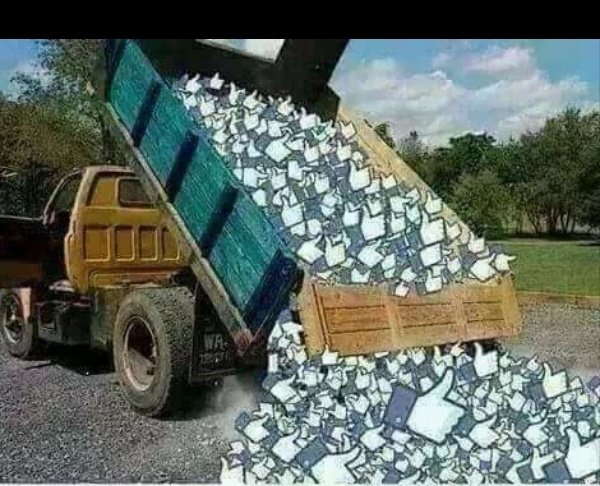
Yep lets chuck out the worthless Facebook likes, it's about time we step away from the mind harvesting machine of Facebook.
thank you kevin for re-posting this!
I upvoted ! and I really love the idea of voting up thiings...
Thanks for your upvote! (Huge thanks to Kevin for the reblog!)
you have a new follower... this is awesome. I like it. :)
Fantastic... thank you! Stay tuned for more ;)
"For me, steemit and blockchain are just the start of a very brave (and connected) new world." ~ Couldn't agree more. So many cool ideas in here thank you for taking the time to do this.
Thank you for taking the time to read it!
Re blog feature is working.
Great post from an author I was unaware of.
Now following.
Great new feature for visibility and spreading content. Thanks Brian!
This post is so so good, everything on it I like!! It is so good edited!
Thank you! I'm glad you enjoyed it!
Really enjoyed reading this post!
I think you may be happy to know that the UN is using a blockchain-based payment system in the their camps. Blockchain removes the need for passwords, debit cards, etc. so refugees can pay for items even though they don't have a traditional bank account or access to a traditional bank account!
This is awesome and easy to understand just how blockchain is going to change the world. Thanks for the share!
good design and attractive